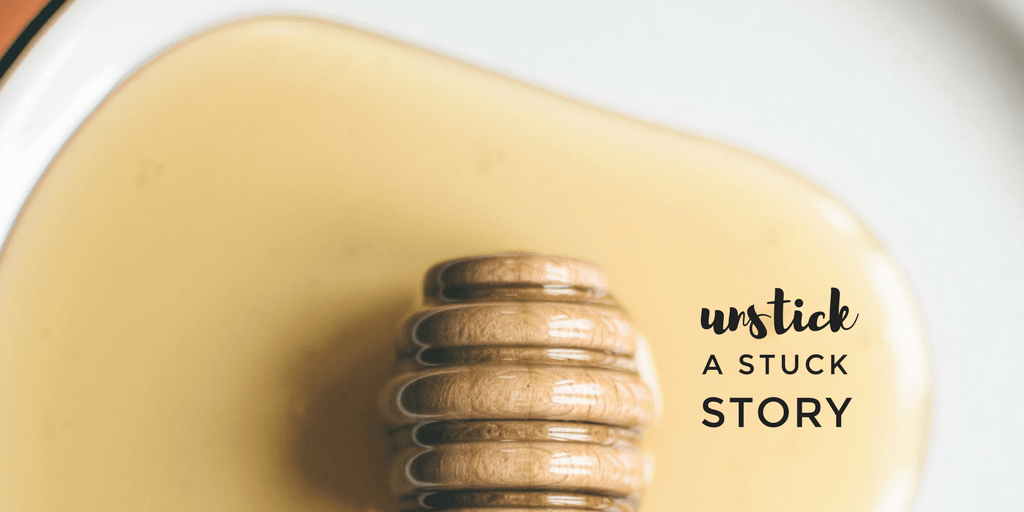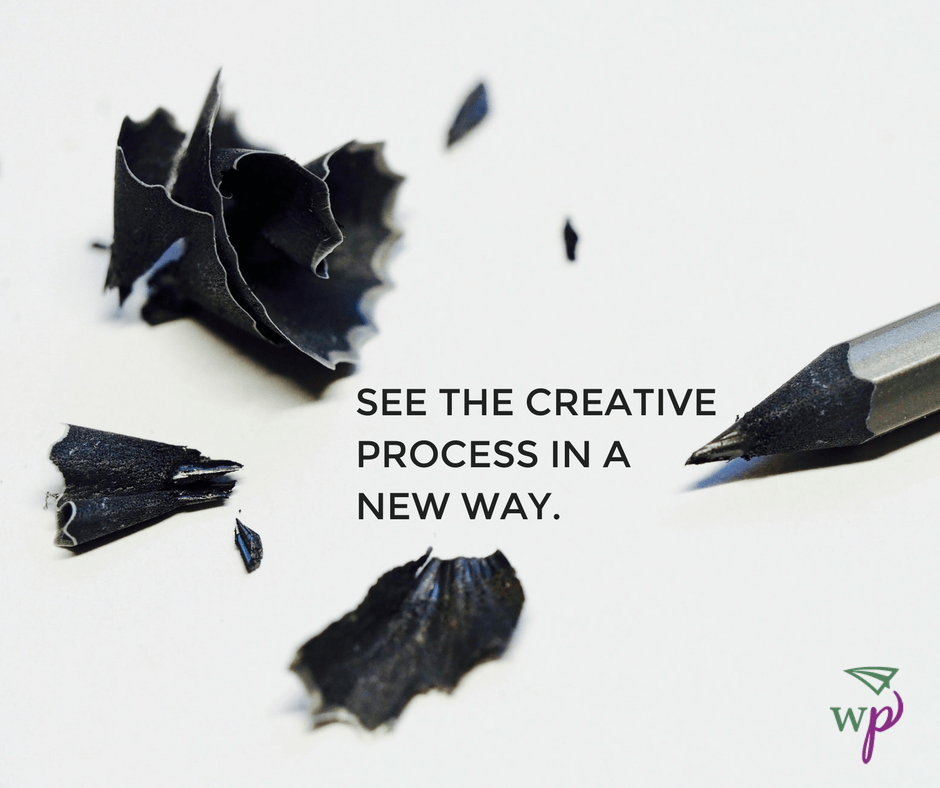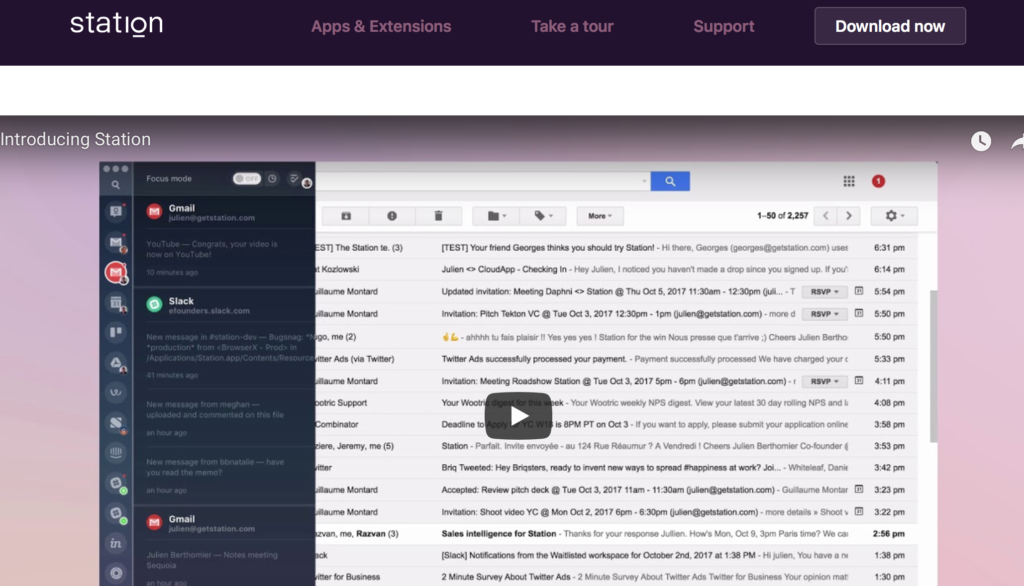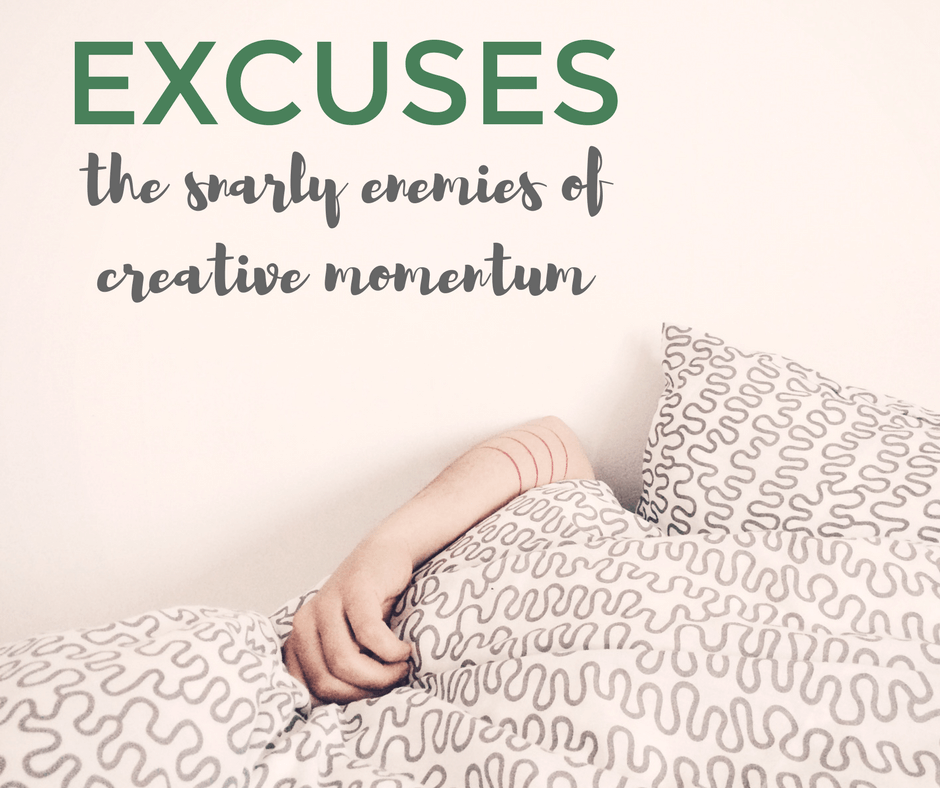How to Unstick a Stuck Story: Seeing My Writing Through a New Lens




My playlist is an eclectic collection of tools that help me approach my work as play. I love them so much, I want to share them with you!

Object: Accessing my online tools on my desktop computer more easily.
What Didn’t Work: Trying to remember the apps I needed to open and keep tabs on, logging in and out, having tons of tabs open at the same time, taking tons of time to find my way from one tool to the one I needed next.
My Aha! Moment: I stumbled across Station accidentally, and nearly danced for joy. Imagine you could have a dashboard with all of your online tools collected in one streamlined toolbar. Then, add to that the ability to save specific windows within each of those tools. So, say on Google Drive you’re always visiting a couple pages. What if you had a tool that made saving those windows simple, and you could easily toggle between the windows you needed with no lost time navigating? Amazing, right?
Usually, I hang out with a tool for a while before I add it to my playlist, but this one is so good, I wanted to share it with you right away. If you use online apps such as Google drive, Buffer, Pinterest, Twitter, Facebook Business Manager, Airtable, Slack, Evernote, (or any number of others) this app is going to rock your world.
How I Play:
Player’s Notes:
Take it to the Next Level:

I’m not a fan of excuses.
And, not in a blow a whistle and shout, “Get to work!” kind of way. More in a roll-up-my-sleeves, experiment-until-you-figure-it-out kind of way.
Excuses are snarly enemies of momentum. They snap at our heels and grab for us with grubby little fingers, hoping to drag us into inertia quicksand. Once we’re sunk, wow is it difficult to scrabble our way free.
A large part of my job, working with educators, with students, with artists, with my team at Society of Young Inklings, is to glare excuses in the face and say, “Not on my watch.” So, it’s probably not surprising that I feel particularly grumpy when I wake to the sound of excuses throwing a dance party at the foot of my bed.
Here we are. It’s March 5, and my last blog post was on January 20. For the larger part of 2017, I posted once a month or so. Now, there are definitely reasons. For one, I’ve been posting more regularly over at Society of Young Inklings because we’re in the midst of a (very exciting) growth curve at our nonprofit for youth writers. Also, I’ve been hard at work backstage on larger creative projects that I can’t share just yet.
Still, to me, these reasons have the sharp scent of excuse to them.
Knowing that I mean to blog, and don’t, takes wind out of my sails every week. Over time, I prove to myself that I’m the sort of person who plans but doesn’t necessarily follow through. My confidence erodes. My optimism suffers. The excuses pole-vault from one area of my life to another and before I know it, my life’s rhythm is completely out of whack.
Today, I’d finally had enough. I decided to hop online and share a little of my thinking real-time. Maybe you’ve had situations like the one I’m in, where you realized that your expectations and your reality weren’t matching up. What did you do?
Here’s what I’m thinking.
I may have found a solution in the possible launch date, but I want to explore how to make it a viable one for the long run. Because the truth is, my bandwidth for producing meaningful content will ebb and flow. As an author, book deadlines come before blog intentions. As a founder and Executive Director, the stability and health of Society of Young Inklings are also top priority. And beyond work commitments, I have health, family, friends, to name a few. And life isn’t always predictable.
Over the years, I’ve learned a lot of excuse-extermination strategies. Most often, I return to the simple question starter: “How might I…”
Step One: Craft a question to focus my attention tightly on the problem.
How might I be realistic, true to my priorities, realistic, and make an excuse-free commitment?
Step Two: Brainstorm options.
Step Three: Choose an approach and experiment.
I think I’ll commit to starting the blog again on April 3. I’ll post on Tuesdays and possibly add a bonus post on Thursdays. Some posts will be small. I’m not going to demand perfection. If I’m in a busy season, I’ll show up on Tuesday and tell you so. It might just be a sentence or two. But what I learned writing this post, (and here’s what I hope might be applicable to you, too) is that even mid-process, our thoughts can be useful.
Are you battling excuses, too? Maybe it’s not a blog for you, but it’s a book, or a painting, or even an exercise routine. Would it help you to stop, ask yourself a focused “How might I …” question and brainstorm solutions?
It certainly gave me a fresh gust of wind in my sails.
Thank you. Knowing that you’re out there, living life, popping by the Writerly Play blog now and again for ideas and inspiration, means more to me than you likely know. Perspective, growth, clarity… I gain all of these and more by shaping my ideas on the page, and especially when I hear back from you. I love hearing what you see and notice and wonder. So, please. Always, always, feel free to reach out and share your experiences, too. Tag me on Facebook or Twitter, or comment below.
Tell me: What expectations do you have for yourself that you’re not sure work right now? How might you adjust those expectations to make life work better?
Or tell me: Have you met the excuse gremlins? What kind of havoc do they cause in your life?
The wide-awake way that children’s authors view the world that never fails to inspire me. Here’s a dose of wisdom to inspire, stretch and most importantly, motivate you to keep collecting ideas. Where are they? Tiptoeing around your world, whispering to you, inviting you to follow and explore.

“But the sensibility of the writer, whether fiction or poetry, comes from paying attention. I tell my students that writing doesn’t begin when you sit down to write. It’s a way of being in the world, and the essence of it is paying attention.”
— Julia Alvarez
“I often have trouble falling asleep at night, so when I’m lying in bed I think up stories. That’s where I do a lot of my thinking. I also get a lot of ideas while I’m reading – sometimes reading someone else’s stories will make me think of one of my own.”
— Linda Sue Park
“Sometimes you have to stop trying to force it, walk away and let your subconscious show you the way. Fill up on life for a while.”
— J. K. Rowling
“Artists need to fill themselves to overflowing and give it all back.”
— E. B. Lewis

“You can make up your own story when you look at a photo.”
— Brian Selznick
“The main thing to do is pay attention. Pay close attention to everything, notice what no one else notices. Then you’ll know what no one else knows, and that’s always useful.”
— Jeanne DuPrau
“We cannot stay home all our lives, we must present ourselves to the world and we must look upon it as an adventure.”
— Beatrix Potter
“Maybe we are all cabinets of wonders.”
— Brian Selznick
I know, I know, I said ten quotes on collecting ideas … but I couldn’t help myself. I added a few extra.
“Take a step, breathe in the world, give it out again in story, poem, song, art.”
— Jane Yolen
“The city is like poetry; it compresses all life, all races and breeds, into a small island and adds music and the accompaniment of internal engines.”
— E. B. White
Collecting ideas is one of the cornerstone habits in the Writerly Play Attic. Curious to know more? Writerly Play a story-based lens to help you individualize, map and problem-solve the creative process.
If you’ve ever found yourself stuck and unsure what to do next, or if you crave a more trustworthy process for bringing your ideas to life but don’t want to feel trapped by a one-size-fits-all solution, I hear you. I hand-crafted Writerly Play because I needed it, and my students needed it, and my peers needed it. You don’t have to stumble around in the fog when you’re bringing a new, beautiful creation to life.
Want to give it a try? The first step is figuring out your creativity style.
And hey, do you have any favorite quotes on collecting ideas? Maybe yours are from children’s authors, or from someone else entirely. Please share! Share in the comment section below, or share and tag me on Facebook or Twitter. I’m always collecting new inspiration. I hope you are, too!